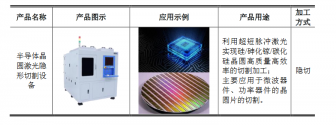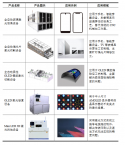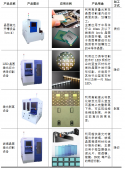The difference is that military equipment pretty much only has military use, whereas semiconductor manufacturing equipment also has civilian use; in fact the vast majority of semiconductors made are for civilian use. That's the difference between this and PLA watching and why it'd be nice to have more concrete data.I'm not sure why you've chosen my previous post to rewrite this tirade to.
We are all aware of your obsession of wanting numbers and information from western and English language sources. I'm sorry but you'll have to accept that semiconductor manufacturing equipment is now a fairly high security industry in China and that the best we can get are rumours and indirect indicators, and that any concrete information we receive will probably be delayed multiple months if not a couple of years after something has happened.
Apply the same principles of PLA watching to this, and you will find that might help you to recalibrate your expectations a little.
IMHO also, the civilian economic sector is many times bigger than the military budget and civilian money flowing into the semiconductor industry can provide a lot more funds on top of just military for R&D and strengthening the industry. There is really no reason for China to neglect the civilian aspect of semiconductor development.



